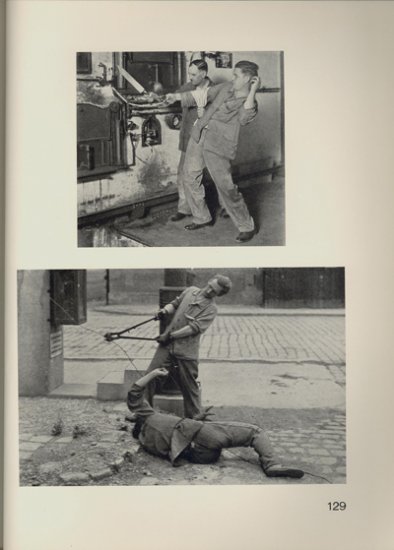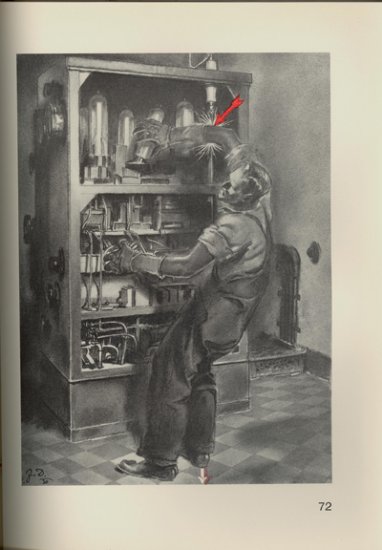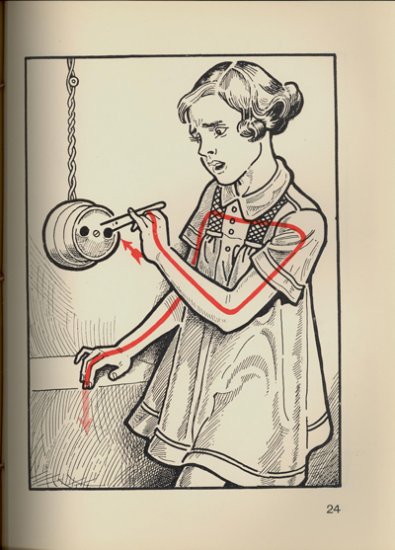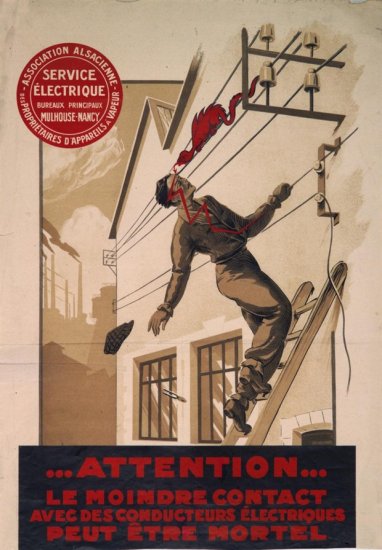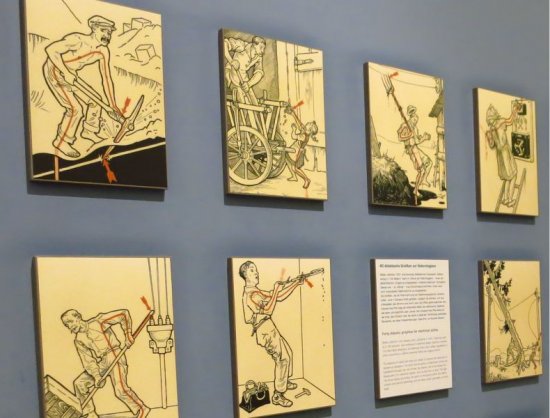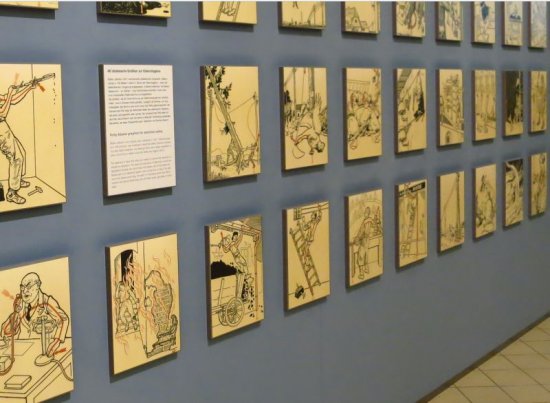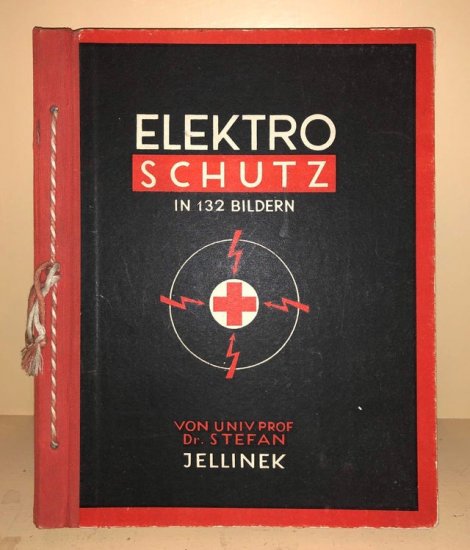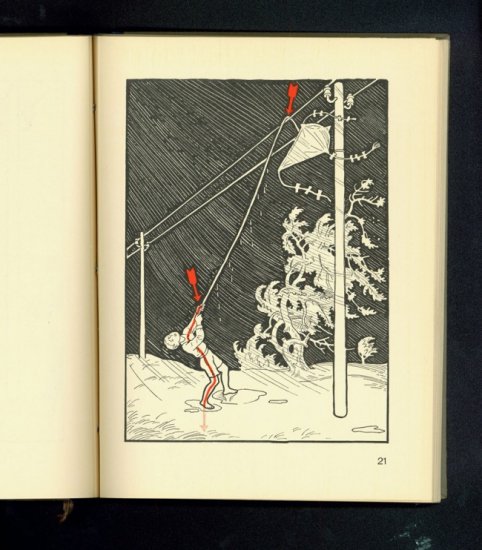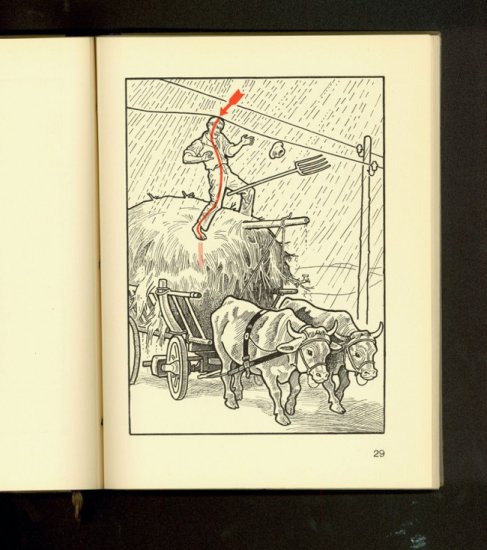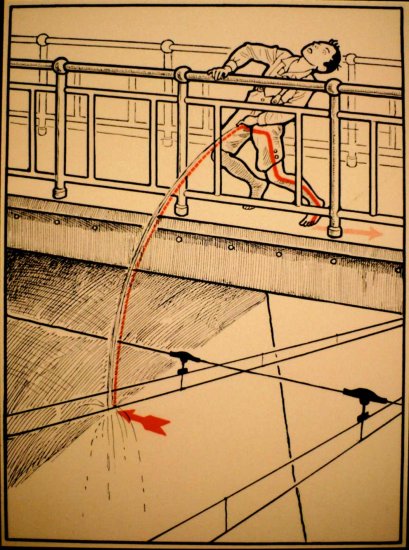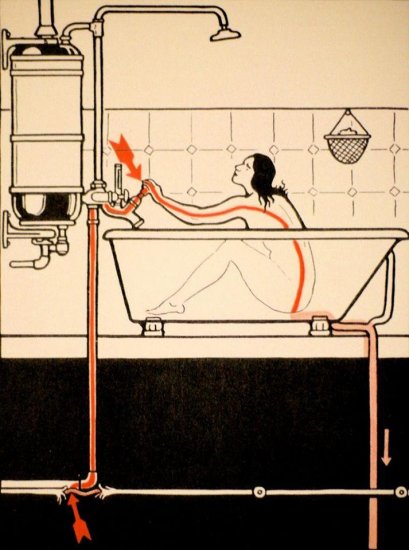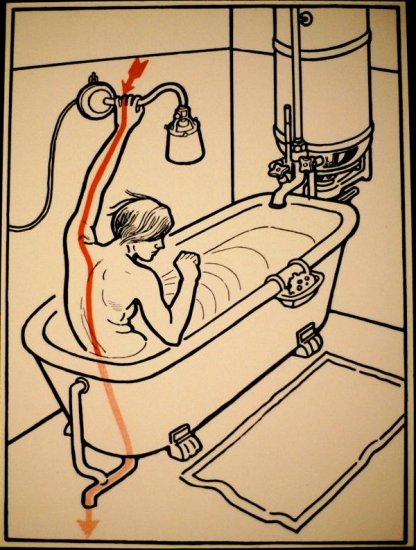Stefan Jelinek — one of the founders of the science of electrical safety
Stefan Jelinek — Austrian doctor, author of famous illustrations and posters about the dangers of electricity in the early 20th century. Many have seen these unusual drawings, but, unfortunately, few people know at least something about their author.
Mass use of electricity in homes and industry in the second half of the XIXth — the beginning of the XX century was accompanied by numerous injuries and deaths from electric currents. Stefan Jelinek was one of the first scientists to study the effects of electric current on the human body.
His main field of activity was in the field of commercial medicine, as it was then called occupational medicine and industrial accidents. He was looking for approaches to solve the problem of electrical safety, developed the first rules of electrical safety. His theory of electrical death saved the lives of so many people.
Stefan Jelinek was born on May 29, 1871 into a poor family, began studying medicine at the University of Vienna in the early 1890s and graduated in 1898.with a Ph.D.
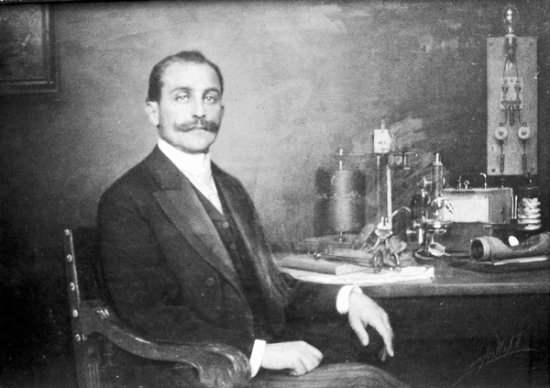
Already in 1898, Stefan Jelinek began his research in the field of electropathology. He also researched people struck by lightning. He began to study the factors influencing electric current with eighty Viennese electricians as well as with himself. At the same time, he begins to collect all the materials that play an important role in electrical accidents.
Illustration from Stefan Jelinek's book
His research aimed to show the danger of electricity to humans. In addition to investigating various injuries and deaths related to human electrocution—he also investigated people struck by lightning—he worked on the histology of electrical trauma.
Together with the dermatologist Gustav Riehl and the surgeon Anton von Eiselsberg, he played an important role in the practical treatment of patients after electrical accidents in the Vienna Hospital. He studied histological changes in organs after exposure to electricity.
Illustration from a 1931 book.
After accumulating a wealth of statistical material on electrical injuries, Stefan Jelinek published the theory of electrical death, according to which he recommended, contrary to popular opinion at the time, attempts at resuscitation after electrical accidents. According to Jellinek, attempts at resuscitation should be stopped only when dead spots appear, until they can lead to success: «In case of an electrical accident, try to resuscitate until dead spots appear, only then you can surrender.»
His theory of electric death became widely known after a sensational event. In August 1924, a 30-year-old woman with a young daughter was struck by lightning in a small town in Lower Austria.An hour after the accident, the local doctor declared both of them dead. But then this doctor remembered the theory of electric death and decided to try to test Stefan Jelinek's ideas in practice.
The doctor began to perform artificial respiration on the woman and explained to the farmer who was nearby that he should do the same with the child. After an hour of effort, they both came to life. This incident caused a huge sensation and made Dr. Stefan Jelinek famous all over the world.
Illustration from the book «Electrical protection in 132 images»
After the University of Vienna established its own department of electropathology—the first in the world—in 1928 Stefan Jelinek was appointed professor and in 1929 full professor of electropathology at the University of Vienna and the Technical University (now the Technical University of Vienna).
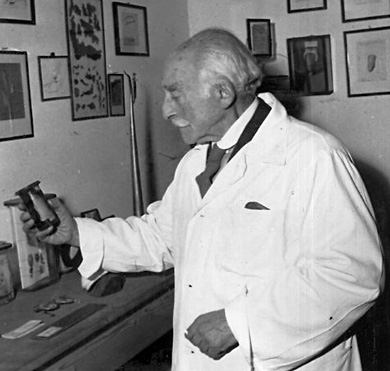
Dr. Jelinek was an avid collector. In 1909, he founded the Electropathological Museum, where he collected various propaganda materials and posters for the prevention of electric shock. This helped advance accident prevention research. The museum was founded in 1936 by the University of Vienna. In 2002, the collection was in the possession of the Technical Museum in Vienna.
In addition to the International Poster Collection, the collection also contains numerous drawings, graphics, paintings, billboards and documents.
Electropathology Museum poster, circa 1930:
This poster from France is part of an extensive collection of 113 posters from 20 countries in 15 different languages. Posters must warn against improper handling of electricity.
Vienna Technical Museum stands with electrical safety posters by Stefan Jelinek:
In addition to numerous scientific works, in 1931Jellinek published the famous book "Elektroschutz in 132 Bildern" ("Electrical Protection in 132 Images").
A few illustrations from the book:
Stefan Jelinek was forced to leave Austria in 1938 because of his Jewish origin. He moved to Great Britain, where he taught until 1948 at King's College, Oxford. After the Second World War he remained in Britain, but occasionally returned as a visiting professor in Vienna. Stefan Jelinek died on 2 September 1968 in Edinburgh.

